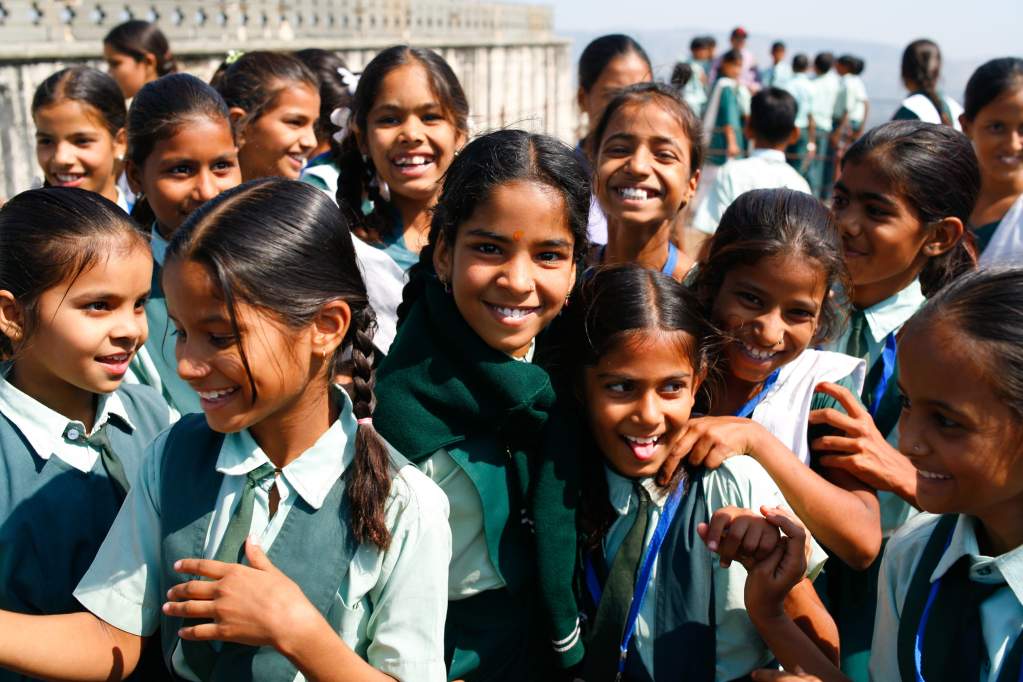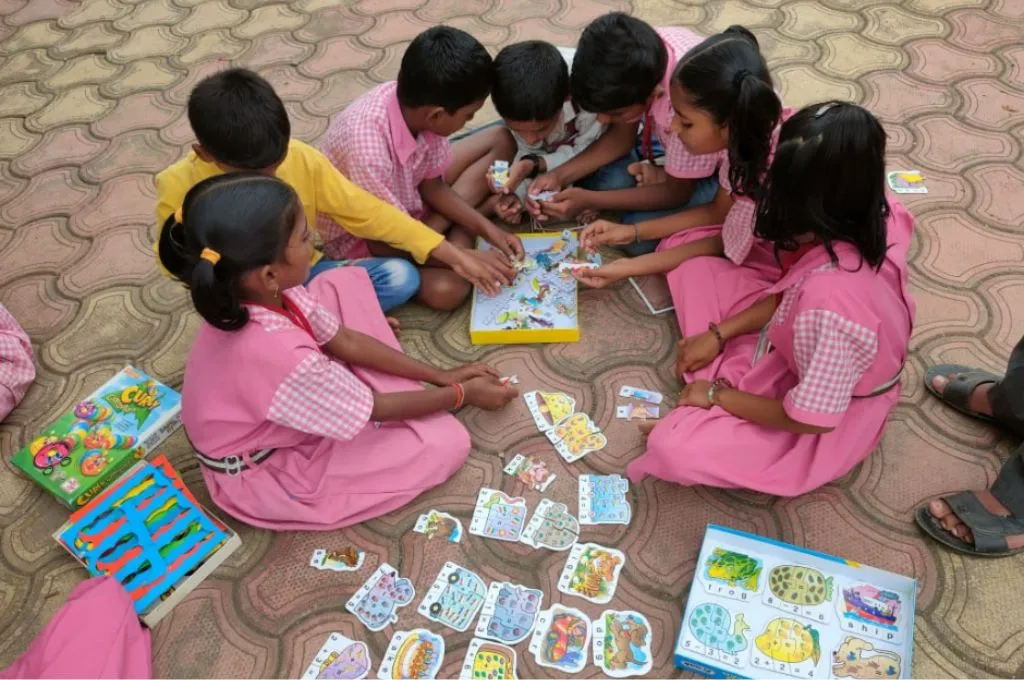Over the last decade, learning outcomes for children in India have steadily declined. This is despite an increase in budgeted expenditure on education, from INR 3.6 lakh crore to INR 4.6 lakh crore over a 10-year period (2006-2016).
The Annual Status of Education Report (ASER), conducted annually by Pratham and the National Achievement Survey (NAS), carried out every three years by the central government, studies the state of the education system and highlights learning levels, enrolment rates, and major gaps in the system, among other things. These reports reveal that while children are graduating to a higher class every year, very few are performing at their expected levels.
The ASER 2020 report revealed that 5.3 percent of rural children aged 6-10 years have not enrolled in school this year, compared to 1.8 percent in 2018.
The pandemic has prompted a shift to online education and this is likely to further impact these trends. The ASER 2020 report revealed that 5.3 percent of rural children aged 6-10 years have not enrolled in school this year, compared to 1.8 percent in 2018. In order to better understand and contextualise the consequences of the lockdown on school education in India, it is worth analysing the situation prior to the pandemic.
To this effect, The Central Square Foundation, in 2020, undertook research that looked at what government data has to tell us about the state of school education in India, from 2013 to 2018. Here are some of the key findings:
Related article: Why Indian children can’t read
Comparing student enrolment in primary schools with annual population growth between 2013 and 2018, it’s clear that there’s been a decline in overall enrolment.
This is linked to the ‘No-detention policy’ which obligates schools to promote children to the next grade, even if they may not be ready. This policy applies until Grade 8, which means that when children complete Grade 9, they may be held back as a result of being promoted to higher grades despite low learning levels. These rates are higher among girls and students from Scheduled Tribes (STs).
There has been a significant improvement in the gross enrolment rate (GER)—a statistical measure to determine student enrolment, across upper primary, secondary, and higher secondary school. The GER across upper primary, secondary, and higher secondary school has increased by 12, 20, and 21 percent respectively from 2008-09 to 2015-16. The GER for girls is at par or higher than boys across educational levels.

The gross enrolment rate for girls is at par or higher than boys across educational levels from 2008-09 to 2015-16. | Picture courtesy: Flickr
The rate of total private school enrolment and percentage share of private schools among all schools have been consistently increasing since 2013-14. All states have witnessed an increase between 2013 and 2017.
India has a total of 15 lakh schools (government and private) and only 15 percent of them are in urban areas. This percentage share has been constant between 2013-2018. Seventy-one percent of enrolment in the country is concentrated in rural locations.
The percentage share of private schools in the country is rising as opposed to government schools where the rates are mostly stable.
The total number of teachers has increased in both urban and rural areas. Between 2013-2018, urban areas saw a rise from 21 lakh to 25 lakh teachers and rural areas saw a rise from 61 lakh to 67 lakh.
—
Know more
- Read more about India’s education quandary.
- Learn about the ways in which learning outcomes in India can be improved through government schools.
- Understand the role of geography and how it affects learning outcomes.





